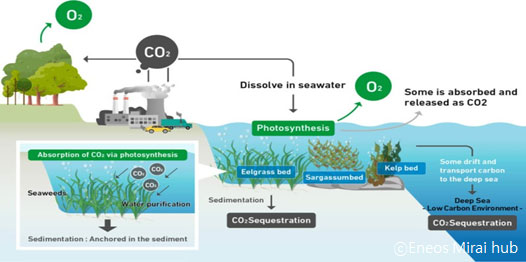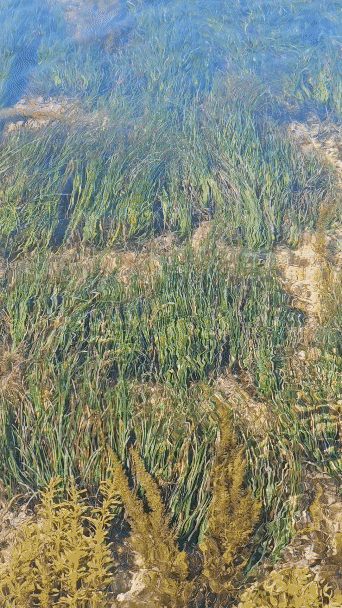Blue Carbon
Blue carbon refers to the organic carbon stored in the ocean. Mangrove, salt marsh and seagrass forests are recognized globally as blue carbon sources. Blue carbon ecosystems are known to store greater amounts of carbon than terrestrial ecosystems. These blue carbon sources absorb carbon dioxide from the atmosphere through photosynthesis and fix carbon into their tissues and sediment. In addition, the tissues are buried into sediment and play an important role in storing carbon, which can be maintained for long time. The MEGA Lab conducts research determining carbon sequestration potential of major blue carbon organisms.



